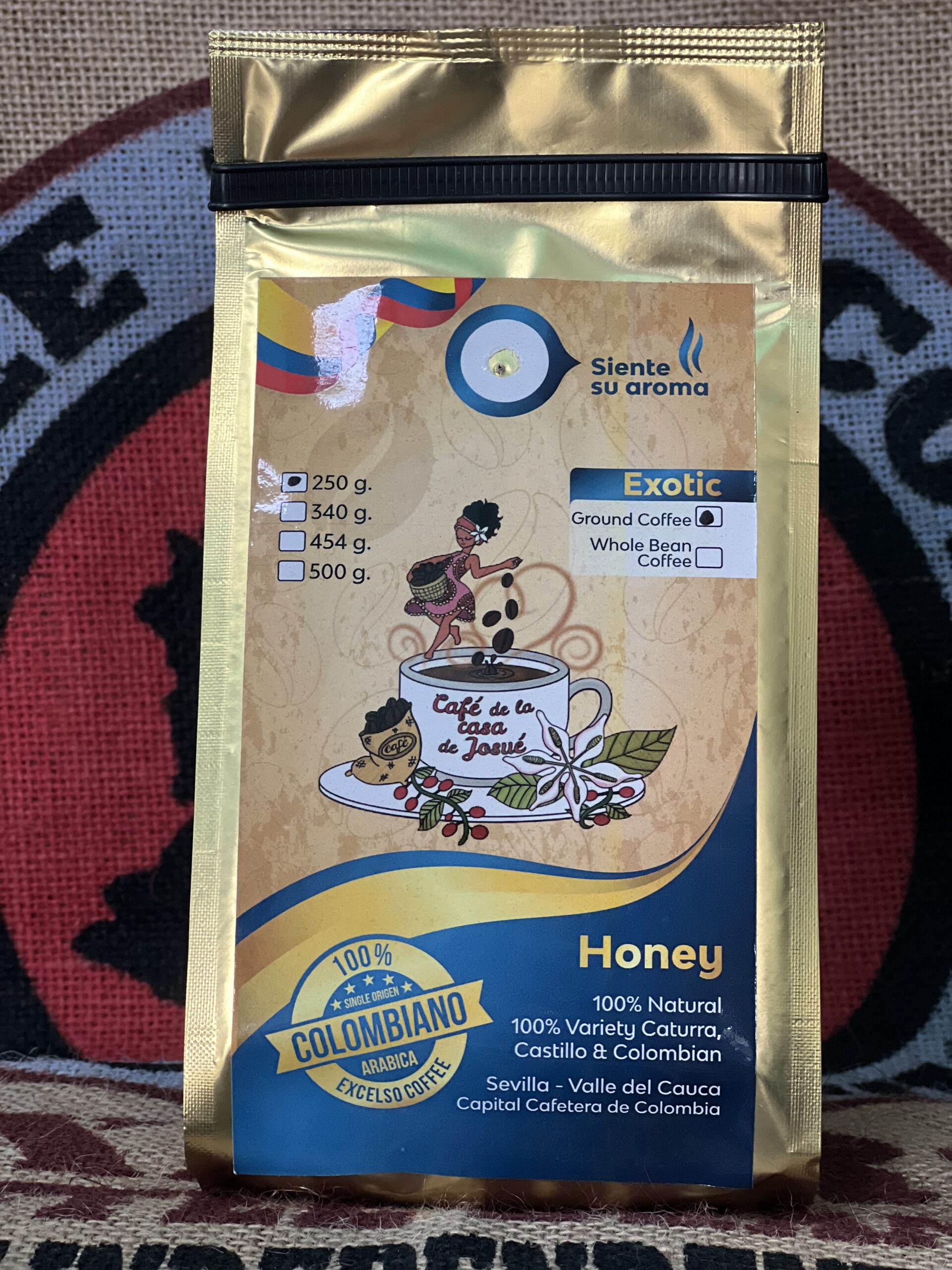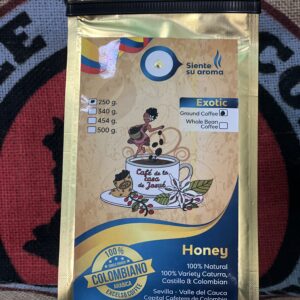Honey Process Coffee: A Unique Flavor Experience
Honey coffee stands out for its distinctive sweetness and complex flavors, achieved through a unique processing method that differs significantly from washed coffee. At Café de la Casa de Josué, we are dedicated to providing high-quality coffee with exceptional cup scores, all while committing to environmental sustainability.
https://www.google.com/books/edition/THE_ART_OF_COFFEE/wOYLEQAAQBAJ?hl=es&gbpv=0
The Honey Process: Step by Step
- Harvesting: Ripe coffee cherries are handpicked to ensure only the best quality beans are selected.
- Pulping: Unlike washed coffee, where the mucilage is removed completely, honey coffee retains some of this natural mucilage during the pulping stage, which contributes to its sweetness.
- Fermentation: The pulped cherries are then left to ferment for a short period, allowing the mucilage to interact with the beans, enhancing their flavor profile.
- Drying: The cherries are spread out in the sun to dry, typically maintaining a sticky layer of mucilage. This process can take longer than washed coffee, as the beans need to reach the right moisture content while developing their unique taste.
- Milling: Once dried, the beans are hulled to remove the outer layer, revealing the coffee beans that are now infused with the sweet, fruity flavors of the mucilage.
Why Choose Honey Coffee?
The honey process creates a cup with a rich, fruity sweetness that is less acidic than washed coffee, resulting in a smoother taste. Our commitment to high-quality coffee ensures that each sip of our honey coffee is both delicious and memorable.
At Café de la Casa de Josué, we take pride in our environmental stewardship, using sustainable practices throughout the production process. Choose our honey coffee for an exceptional flavor experience that also supports the planet



